‘Om Tryambakam Yajamahe, Sugandhim Pushtivardhanam,
Urvarukamiva Bandhanan, Mrityor Mukshiya Maamritat’
Om Namah Shivay! Shiva, Rudra, Mahadev, Neelakantha, and many more! Just like his form, Shiva is addressed and known by infinite names. Also known as the Supreme God or Devo Ke Dev, the literal translation of Shiva is ‘The Auspicious One’. Being among the most powerful deities, Shiva is ‘The Destroyer God’ of the trinity (Trimurti), along with The God of Creation, Brahma, and The Preserver, Vishnu.
According to the sacred Shvetashvatara Upanishad, Shiva liberates souls from the birth-rebirth cycle. He is the one who created the cosmos. The Swayambhu (self-manifested), the Adiyogi, the eternal soul of this universe has no creator above him. He is the one who is beyond the circle of life and death and has no origin or end.
Revered as ‘The Supreme Being’ by Shaivas, Shiva is the absolute reality, the primal soul, and the pure consciousness. Shiva has a profound impact on Indian mythologies, and thus Shaivism is one of the major and significant Hindu denominations. For devotees of different religions, there is no dearth of places of worship in India, but for Shaivas, Jyotirlingas in India are the most sacred and supreme places dedicated to the worship of Shiva.
Now before we get into the list of 12 jyotirlingas in India, let us understand the religious significance of Jyotirling in Indian epics.
What is a Jyotirlinga?
A Jyotirlinga is a symbol of Shiva that depicts all the energies in the world or beyond. The term is a compound of two Sanskrit words ‘Jyotis’ meaning ‘radiance’ and ‘Linga’ meaning ‘sign, symbol, or mark.’
According to Shiva Mahapurana, once Brahma and Vishnu debated over the supremacy of creation. To settle the argument, Shiva took the form of a huge infinite pillar of light, piercing the three worlds and challenged them to find the source. To find the end of this pillar, both Brahma and Vishnu parted their ways. Vishnu went in a downward direction while Brahma went in an upward direction. After getting tired, both the gods gave up. While Vishnu acknowledged his defeat, Brahma lied, and it made Shiva angry, and he cursed Brahma that he would not be worshipped even though he is the creator of the universe.
So, a Jyotirlinga represents the infinite nature of Shiva and at all Jyotirlinga temples in India, he appeared as a fiery column of light.
Now let us have a look at the list of Jyotirlinga in India.
1. Somnath Temple, Gujarat
Located in the Gir Somnath district of Gujrat, the Somnath Temple is deemed as the first among the 12 Jyotirlings of India.
The legend has it that the Soma, the Moon god (Chandra Dev), lost his sheen due to the curse of his father-in-law, Daksha Prajapati, for not treating all his wives equally. Chandra Dev was married to 27 daughters of Daksha but used to give all the importance to only Rohini, one of his wives.
To negate the effect of the curse, the grief-stricken Chandra Dev worshipped Shiva for around 4000 years at this place. Pleased with the dedication and devotion of Chandra, Shiva blessed him to shine for only 15 days in a month. After regaining his sheen, the Moon god built this temple dedicated to the worship of Lord Shiva.
Speaking of the architecture of the present temple, it showcases the Chaulukya style. The temple recently received the certificate of “World Amazing Place” on the occasion of this year’s Maha Shivratri by the World Talent Organisation, USA.
2. Mallikarjuna Temple, Andhra Pradesh
Situated on a hill of the quaint town of Srisailam, Andhra Pradesh, the Mallikarjuna Temple is one of revered Jyotirlingas in India that is thronged by thousands of Shaivas and pilgrims every year during Maha Shivratri.
According to a legend, Shiva and Parvati once decided to marry their sons, Kartikeya and Ganesha. To decide who will marry first, Shiva asked both their sons to race and complete three parikramas (rounds) of the world. While Kartikeya immediately left with his mount, a peacock, to win the race, Ganesha used his wit and revolved around his parents thrice with this mount, a mouse, and as a result, was declared the winner. On his return, Kartikeya felt upset and left Mount Kailash to live alone on Mount Kraunja as Kumarabrahmachari. To pacify him, Shiva and Parvati came to Srisailam.
The temple reflects the best of Dravidian architectural style with its brilliant wall sculptures and carvings, illustrating events from epics like Mahabharata and Ramayana.
3. Mahakaleshwar Temple, Madhya Pradesh
The historical city of Ujjain is home to one of the most significant of 12 Jyotirlings in India, named Mahakaleshwar Jyotirlinga, which sits on the banks of River Kshipra in a temple with the same name. Also considered as one of the top Tantra temples of India, ‘Bhasm-Aarti’ is what temple is famous for the most. It is the first ritual that is performed early in the morning by the temple priests. In this ritual, the Shivlinga is showered with the ash of a funeral pyre. During the month of Sawan, Nagpanchami, and Maha Shivratri, the place receives the most footfalls of devotees across the nation.
Many mythological stories are attached to this legendary temple, but the one that is believed by most reveals that Lord Shiva appeared from the ground to defeat a demon called Dushana who brutally tortured and committed atrocities on locals and brahmins of the Ujjain city. After slaying the demon, Shiva turned into the Jyotirlinga.
4. Omkareshwar Temple, Madhya Pradesh
Situated on the banks of Narmada River on an island of Mandhata which is believed to have the shape of ‘Om,’ the Omkareshwar Temple in Khandwa District of Madhya Pradesh is one of the popular Jyotirlingas in India. Shaivas and pilgrims from across the country gather here the most on the occasion of Maha Shivratri and Kartik Poornima.
Other than the Jyotirling which is the main attraction, the temple is also known for its beautiful sculptures and peaceful surroundings. Three legends are linked to the Omkareshwar Jyotirlinga. The one that is highly believed includes the tale of Vidhya Parbat who performed a penance to please Shiva and set himself free of the sins committed. Pleased with the devotion, Shiva appeared in two forms, namely Omkareshwar and Amaleswara.
5. Kedarnath Temple, Uttarakhand
The highest amongst the list of Jyotirling in India, the Jyotirlinga in the Kedarnath Temple dates back to the time of Mahabharata. One of the ‘Char Dham’ sites of India, the Kedarnath Temple is one of the highly visited places in India. For being settled in the lap of the Himalayas, the temple is kept closed during winters to protect visitors from extreme cold weather. However, the idol is shifted down at ‘Ukhimath’ where devotees get a bit of relief and can worship the deity during winters.
The legend has it that Pandavas performed a great penance at this site to please Lord Shiva and come clear of their sins committed during the epic battle of Mahabharata. Pleased with the ritual, Lord Shiva appeared in the form of Jyotirlinga. It is believed that it was Pandavas who built the original temple and afterwards, the great Hindu Guru, Adi Shankaracharya Ji rebuilt it.
6. Bhimashankar Temple, Maharashtra
The home to one of the Jyotirlingas in India, Bhimashankar Temple holds a great religious significance. Located in the village of Bhorgiri in Pune, Maharashtra, the temple receives heavy footfalls of worshippers during the festivals of Shivratri and Maha Shivratri. Other than these occasions, a good crowd can be noticed every Monday.
As per Hindu Puranas, Lord Shiva took a Rudra avatar to slay a wicked demon named Tripurasura who was about to destroy the three realms: Heaven, Hell, and Nether Word. After killing the Tripurasura, Shiva sat down to take some rest on the Sahyadri Mountains, and it is when the sweats from his body formed the Bhima River.
7. Kashi Vishwanath Temple, Uttar Pradesh
The holy city of Kashi is home to over 30 million gods and one of the 12 Jyotirlings in India in the Kashi Vishwanath Temple. Located on the banks of the sacred River of Ganga, it is Kashi where people from all over the world come to attain salvation. Other than this temple, Kashi is famous for its different ghats and stories attached to them.
Kashi holds great significance in Hindu mythologies and the temple dates back to the 11th century. The present structure was removed by Rani Ahilya Bai Holkar in the year 1780. The place is always crowded throughout the year but mostly during the festivals of ‘Makar Sankranti’, ‘Maha Shivratri’, ‘Kartik Poornima’, and ‘Dev Deepawali’.
8. Trayambakeshwara Temple, Maharashtra
Trimbak, a small town in Nashik, Maharashtra is one of the highly worshipped of the 12 Jyotirlingas in India. The present structure was reconstructe4ed by Peshwa Balaji Bajirao. Black is the major component used in the construction of the temple and it depicts the excellent specimen of the Nagara style of architecture. The deity, Trayambakeshwara Jyotirlinga, is situated in the inner sanctum and believed to liberate worshipper from all sorrows of life and fulfill desires.
According to a mythological story, sage Gautam once worshipped Lord Shiva to purify his sins of killing a cow unintentionally. He asked the Shiva to allow River Ganga to cleanse him. Please Shiva allowed the River Ganga to flow in the name of River Godavari. When all gods requested Lord Shiva to stay here, he turned into the form of Trimbakeshwar Jyotirlinga.
9. Baidyanath Temple, Jharkhand
The place of Baba Baidyanath Dham in all Jyotirlingas in India is highly celebrated and visited by devotees throughout the year, be it Maha Shivratri, the holy month of Sawan, or just any time. Located in Deoghar, Jharkhand, there are several stories attached to this temple.
According to one popular legend, Ravana once sacrificed all his ten heads as offering to his favoured deity, Shiva to get his favour. Please with devotion, Shiva appeared and joined the heads as a Vaidya (Doctor), and thus this place came to be known as Baidyanath Dham.
10. Nageswara Temple, Gujarat
Located in the ‘Char Dham’ city of Dwarka in Gujrat, the Nageswara Temple is one of the eminent Jyotirlingas in India of the list of twelve as the place draws reference from Shiva Purana. As per the holy text, the demon Daruka, after seeking the blessings of the Goddess Parvati, misused his power and oppressed locals. He even captured Lord Shiva’s devotee, Supriya along with other innocent people. Imprisoned, Supriya insisted people to chant Shiva Mantra for their protection. It enraged Daruka and he ran to kill Supriya, and this is when Lord Shiva appeared in the form of Jyotirlinga to protect his devotees. While the creation date of the shrine is still unknown, the present structure was refurbished by the Late Gulshan Kumar in the year 1996.
11. Ramanathaswamy Temple, Tamil Nadu
Located in the holy town of Rameshwaram in Tamil Nadu, one can find the mention of the Ramanathaswamy Temple in Ramayana. Other than being one of the sacred Jyotirlinga temples in India, it is also one of the ‘Char Dham’ pilgrim sites that is a major highlight of most India tour packages, dedicated to religious sites. According to Ramayana, Lord Rama, the seventh avatar of Vishu, wanted to absolve him of his sins committed during the war against Ravana. He assigned Hanuman with the task to get a large lingam from the Himalayas. When it took long, Rama created a small lingam from the sand available in the seashore, which is still there in the sanctum. Built with Tamil architectural style, the temple also has Vishwalingam, brought by Hanuman from Mount Kailash, and is worshipped first as per the instruction of Lord Rama.
12. Ghrishneshwar Temple, Maharashtra
Also known as Ghrneshwar or Ghushmeshwar, the Ghrishneshwar Temple in Aurangabad, Maharashtra is one of the prominent Jyotirling of India. The reference of this temple can be found in Shiva Purana. Speaking of the deity of this temple, the word Ghrneshwara translates to the ‘Lord of Compassion.’ As per the text of Shiva Purana, Shiva after being pleased with the devotion of her devotee, Ghushma blessed her with a son. However, Ghusma’s own sister killed her son. Broken by the loss of her son, she requested Shiva to reside here in the form of Ghrishneshwar Jyotirlinga. The temple perfectly depicts the Maratha temple architectural style in terms of structure and has beautiful paintings and sculptures on temple walls.
It is believed people who worship and surrender themselves to Lord Shiva attain salvation and by the time they live, they live peacefully with great health and happiness. To make your spiritual journey fulfilling, make sure you plan your visit to these divine places and seek the blessings of Lord Shiva.










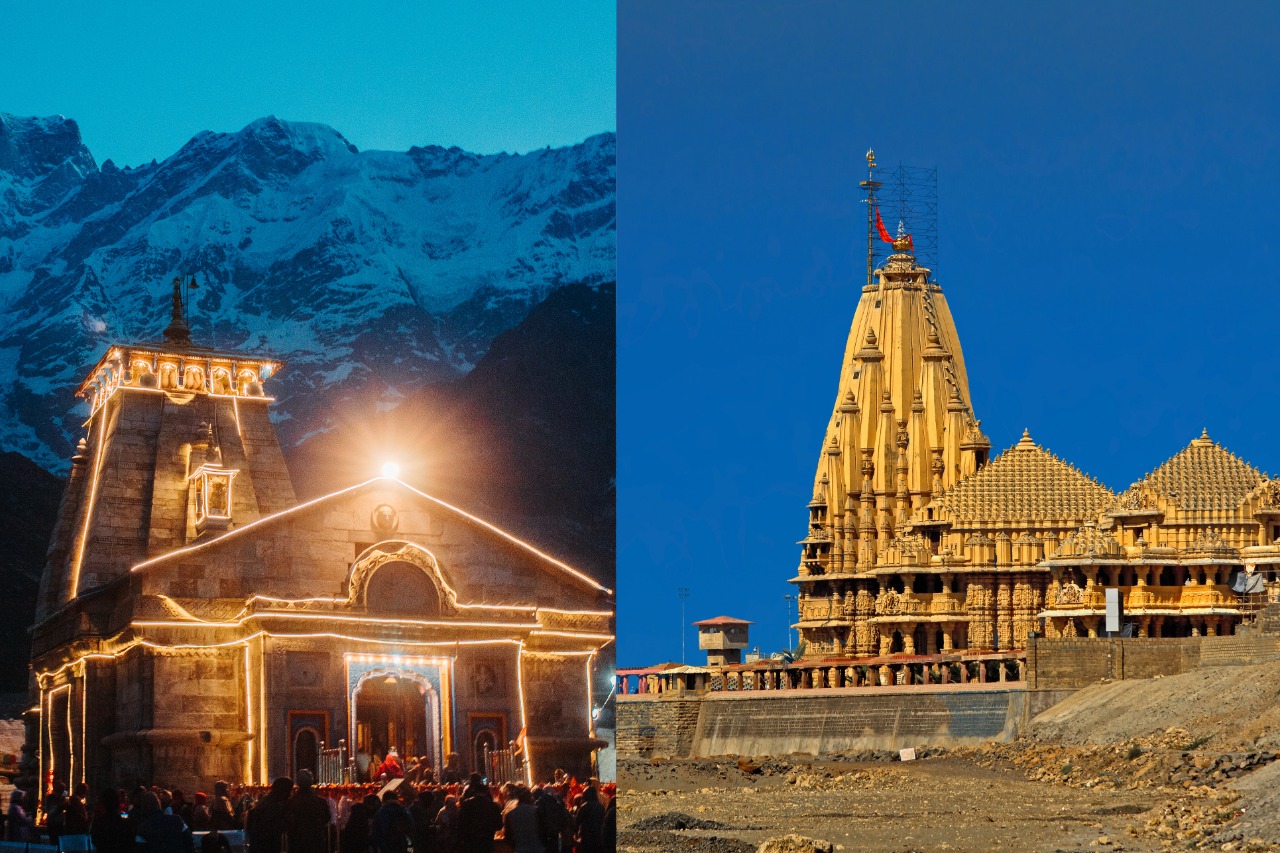




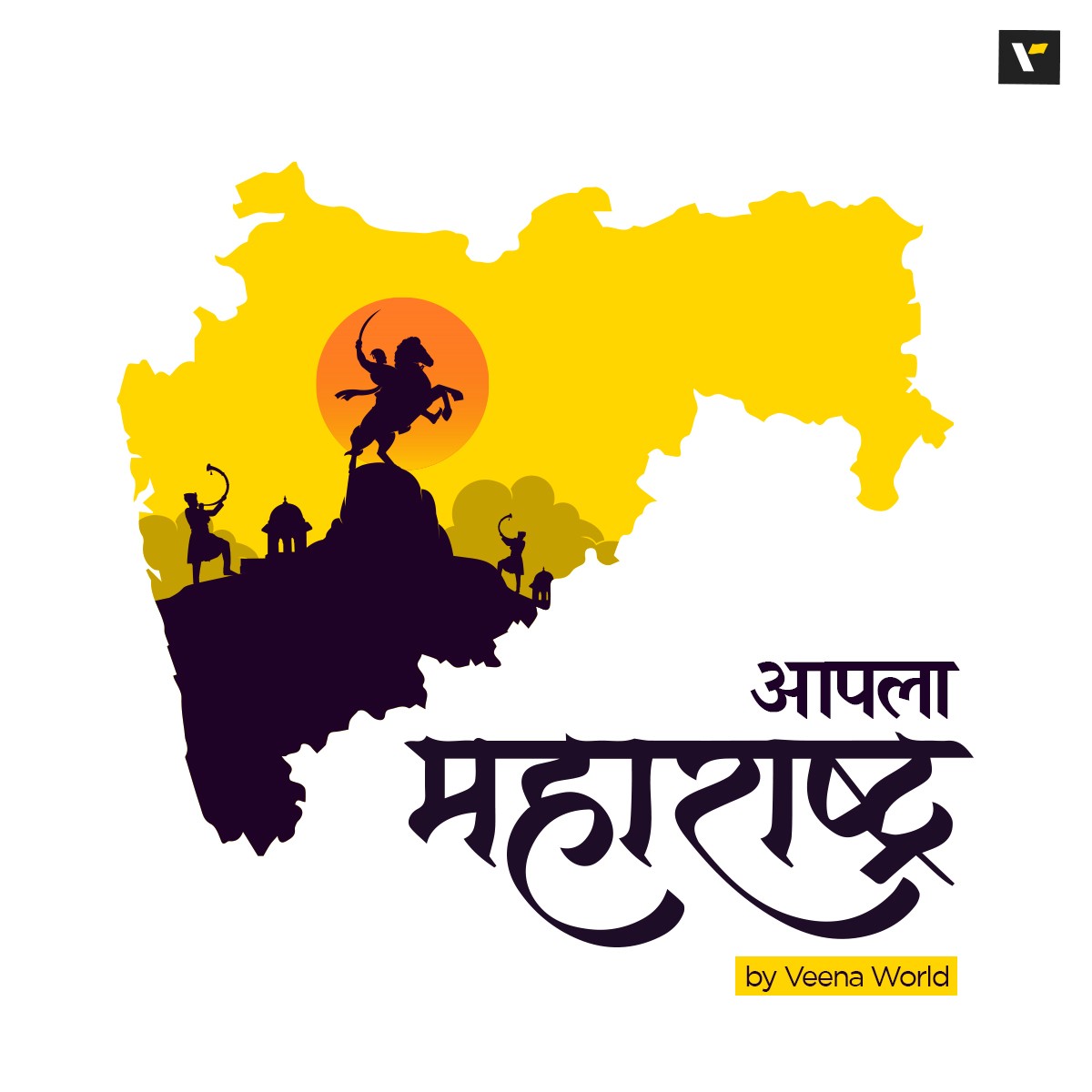










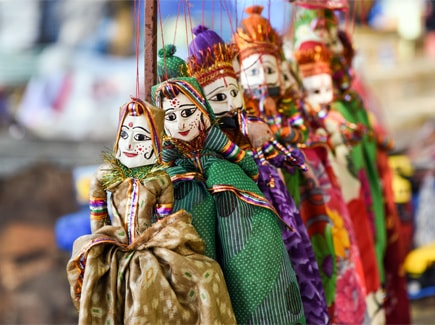

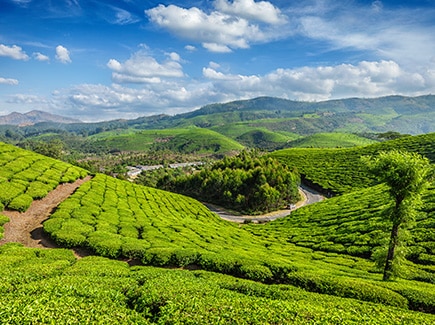

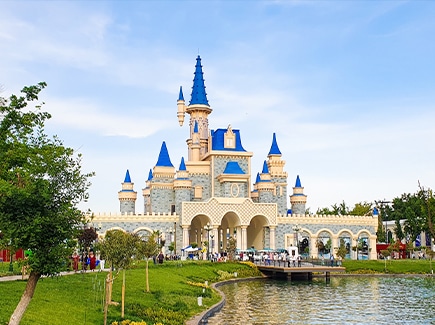

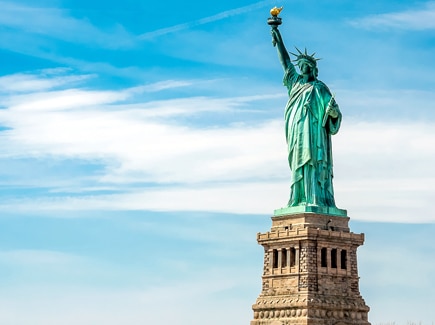
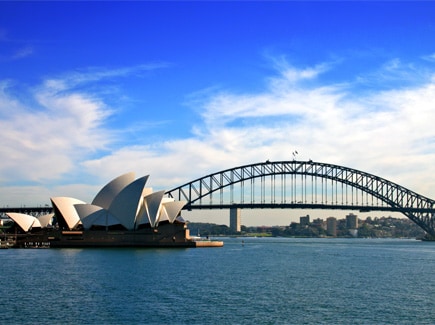
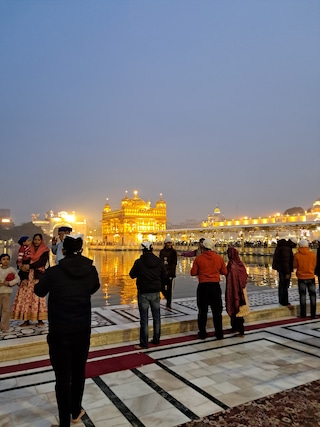
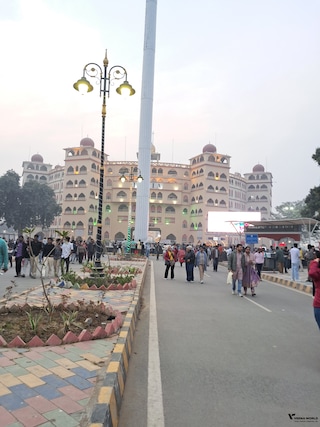

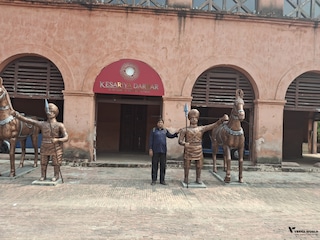
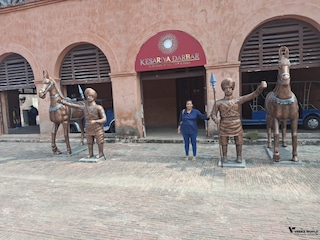




12 Jyotirling package
Hello, We’re yet to operate tours to 12 Jyotirling. We do not have tours to this destination. However, If you want to browse through other tour options you can visit www.veenaworld.com. If you could help us with your contact number, our team would be happy to assist you. Alternatively, you can connect with our team on 1800 22 7979/ travel@veenaworld.com.